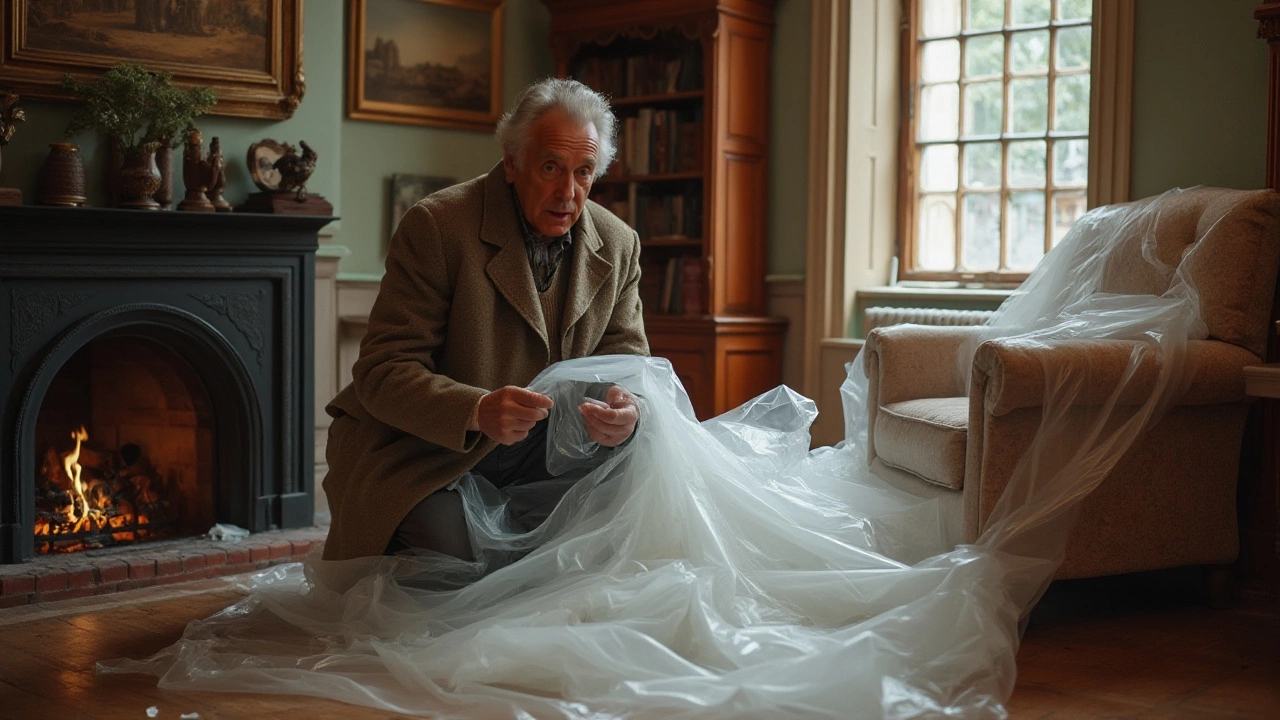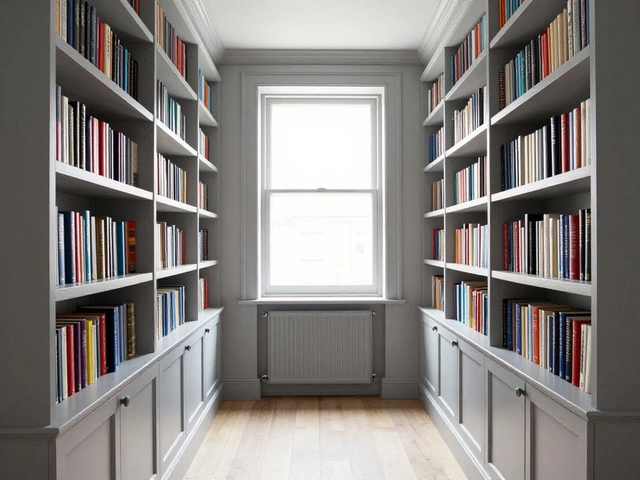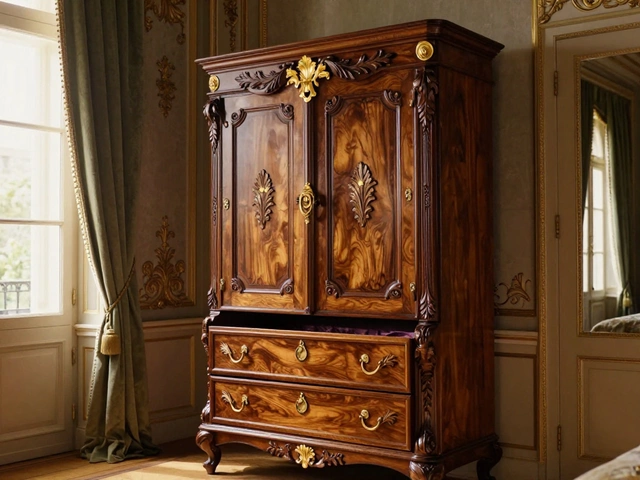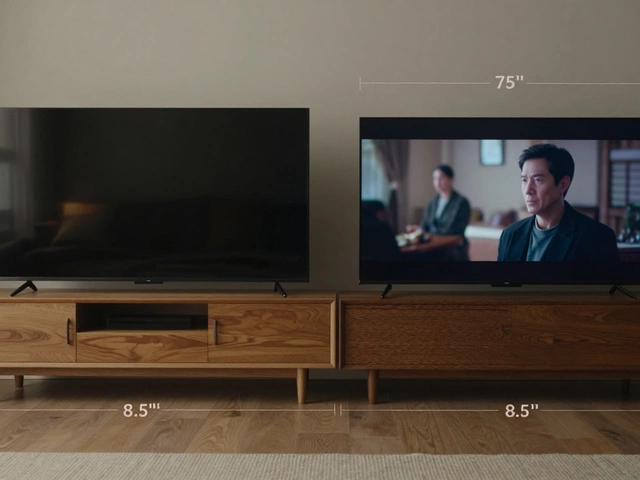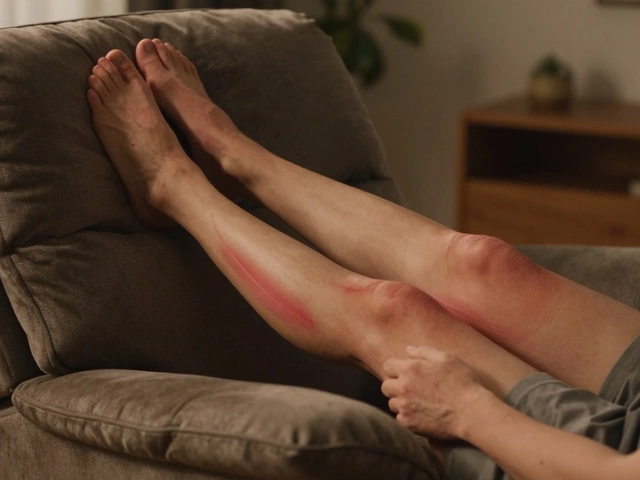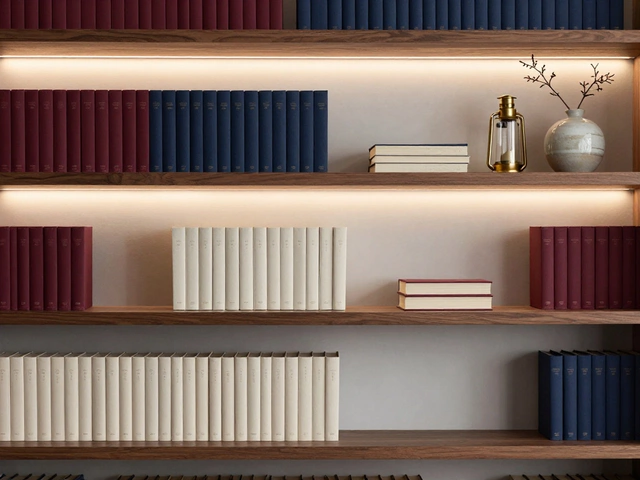Plastic Wrapping – Simple Tips for Protecting Your Home Items
Got a new couch, a wooden wardrobe or a stack of boxes you need to move? Plastic wrapping is the cheap, easy fix that keeps dust, scratches and spills away. It’s not rocket science, but a few smart moves can save you time, money and a lot of frustration.
Choosing the Right Plastic Wrap
First thing – not all plastic is created equal. Look for a wrap that’s at least 4‑mil thick if you’re covering furniture. Thinner film works for books or small decor, but it tears easily. Bubble wrap adds a cushion for fragile parts, while a stretchy film (often called stretch wrap) clings tightly to irregular shapes. If you’re storing something for months, pick a UV‑protected roll to stop sun damage.
Measure the biggest piece you’ll wrap. Most home users buy a 12‑meter roll; it’s enough for a bedroom set and leaves some extra for mistakes. When you see the word “tear‑away” on the pack, that’s a bonus – you can cut a clean edge without a knife.
Step‑by‑Step Wrapping Guide
1. **Clear the surface** – Dust and dirt will get trapped under the film and can scratch the finish. A quick vacuum or wipe does the trick.
2. **Lay a base sheet** – Place a sheet of plastic on the floor before you set the item down. This catches drips and makes the final pull‑off smoother.
3. **Wrap the edges first** – Start at one corner, pull the wrap over the side, and secure it with a gentle stretch. Overlap the next layer by about an inch – this creates a seal that won’t peel off during transport.
4. **Seal the seams** – Use an inexpensive tape (paper or masking works) to hold the overlap. Don’t over‑tape; you want the wrap to stay flexible.
5. **Label the package** – Write “fragile” or “up‑right only” on the wrap with a permanent marker. It’s a tiny step that reminds movers to handle it right.
6. **Check for gaps** – Run your hand over the wrapped piece. Any exposed wood or metal needs another strip of film.
7. **Store wisely** – If you’re stacking wrapped items, place the heaviest on the bottom. This prevents the film from stretching too far and ripping.
These steps might feel like a lot, but once you do it a couple of times it becomes second nature.
**Common mistakes to avoid** – Using too thin wrap on heavy furniture, skipping the base sheet, and pulling the film so tight it tears. Also, don’t wrap items that need to breathe, like leather sofas, for long periods. A cloth cover works better there.
**Beyond moving** – Plastic wrapping is handy for protecting garden tools in the shed, covering a fresh paint job while it dries, or even creating a temporary waterproof barrier for a backyard party. The key is to match the wrap’s thickness to the job’s risk level.
When you’re done, recycle the plastic if your local council accepts it. Many recycling centers take stretch wrap and bubble film, but check the rules first.
Bottom line: good plastic wrapping is cheap, quick, and does a solid job of keeping your belongings safe. Pick the right thickness, follow a few simple steps, and you’ll move or store without a scratch. Happy wrapping!
Is Storing Furniture Wrapped in Plastic Safe and Effective?
Storing furniture wrapped in plastic can keep pieces safe from dust, moisture, and scratches. However, it's important to consider the potential risks, like condensation and mold growth, when choosing plastic wrapping. Using breathable materials along with plastic can offer a solution by allowing air circulation while ensuring protection. Prepare furniture properly before wrapping it to maximize safety and longevity. The right approach ensures your furniture remains in top condition until you're ready to use it again.
